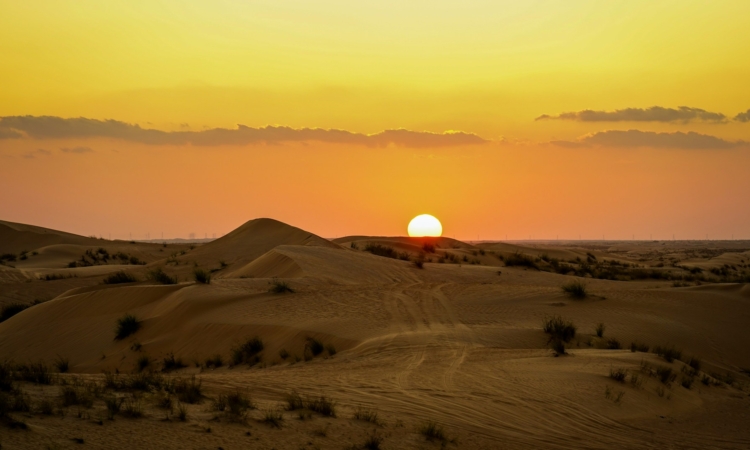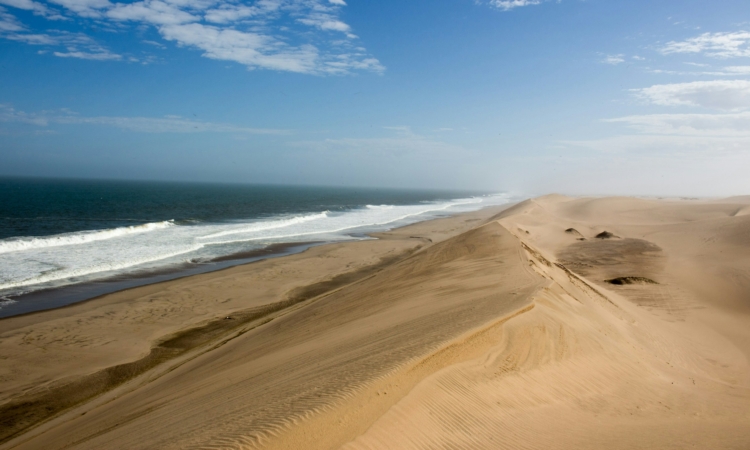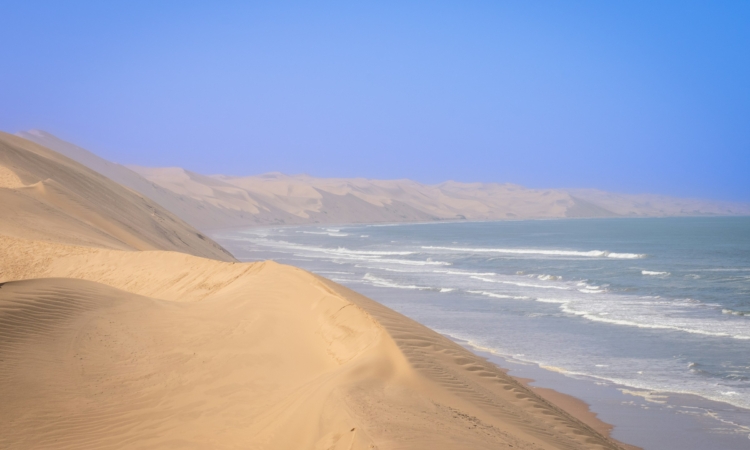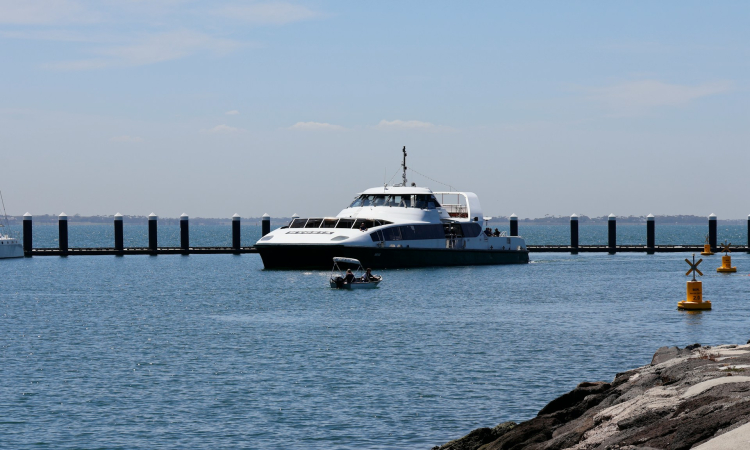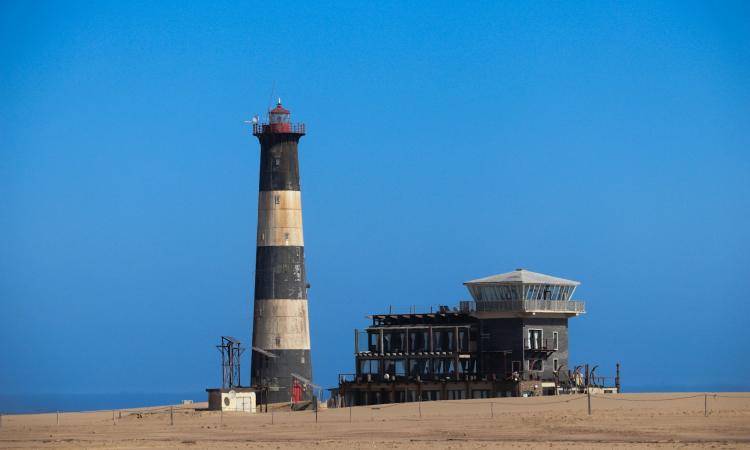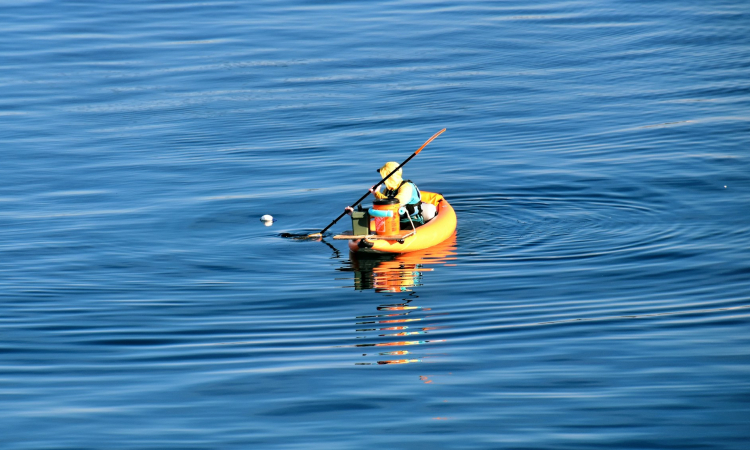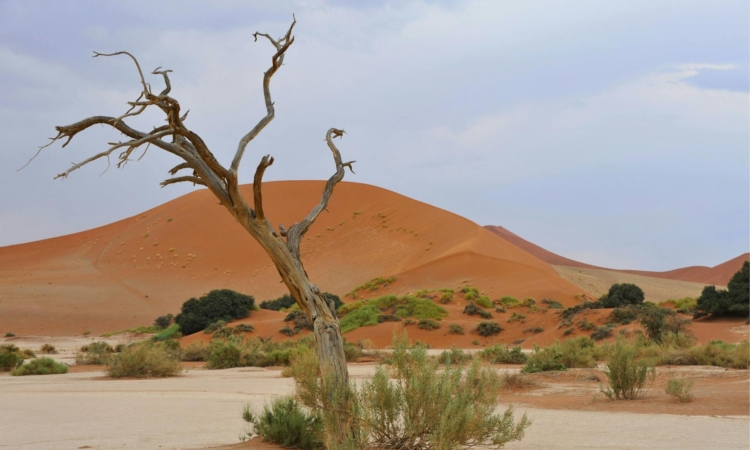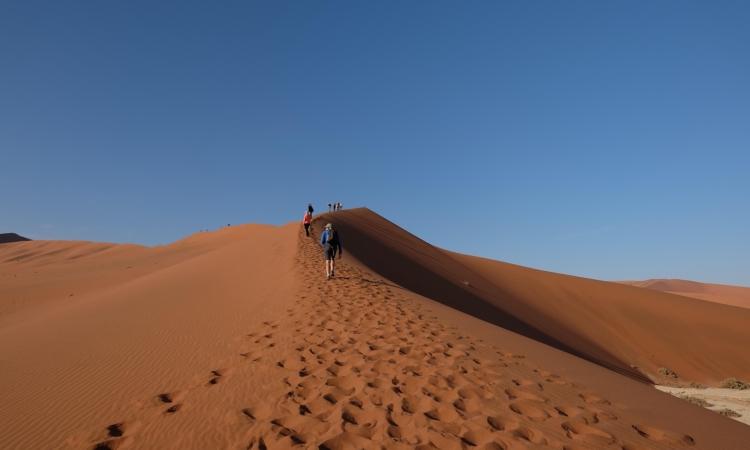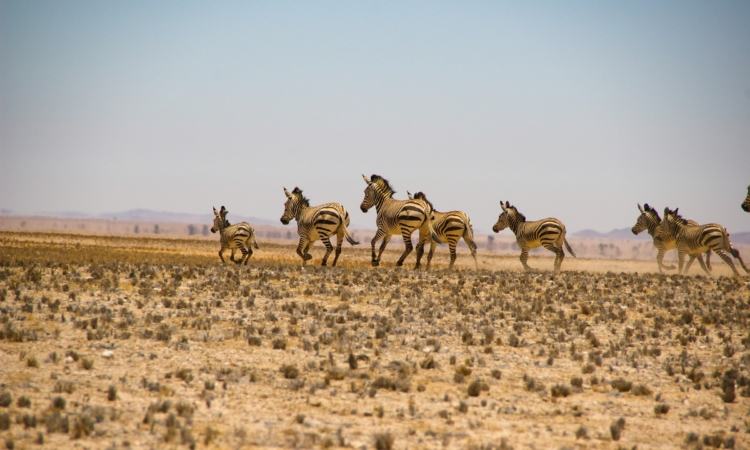As one of Namibia’s five Ramsar sites, the lagoon, salt pans, and bird sanctuary that make up the Walvis Bay Wetlands are known as the most important coastal wetlands in Southern Africa. Most of the birds at Walvis Bay are non-breeding Palearctic and intra-African migrants, and around 150,000 migratory birds spend the summer there.
Every day at 08:30, the morning birding trip starts and ends at 12:30. The afternoon birding trip starts at 13:00 and ends at 17:00. More than 150 bird species have been seen in this area, making bird sightings very likely. These birds, including the two flamingo species, Black-necked Grebes, Pied Avocets, Cape Teals, and Chestnut-banded Plovers, are mostly intra-African migrants.

Every year, birds from northern Siberia and Europe travel between 10,000 and 14,000 kilometers to reach Walvis Bay. Curlew Sandpipers, Sanderlings, Grey Plovers, Ruddy Turnstones, Little Stints, and Knots are among these long-distance travelers. Other shorebirds that visit Walvis Bay include Common, Sandwich, Arctic, and Black Terns.
Large birds like Great White Pelicans, Caspian Terns, Damara Terns, Great Crested Grebes, and Cape Cormorants live in the area year-round. Though they are seen less often, they are still very important. The Swift, Caspian, and Damara Terns, Hartlaub’s Gulls, Great Crested and Black-necked Grebes, Chestnut-banded Plovers, and Flamingos are some of the birds listed as endangered. A few hundred meters inland, you may see a Rock Kestrel or sometimes a Southern Pale Chanting Goshawk. If you are a serious birdwatcher, you might be lucky enough to see the Dune Lark, Namibia’s only true local species, further inland.

The best time to go bird-watching at Sandwich Harbour is in early summer (October to November) and during the rainy season (November to April). During this time, migratory birds arrive, food is more available, and bird activity and breeding increase.
Even though birds can be seen all day, they are most active at sunrise and sunset. At these times, you might see Dune Larks, Rock Kestrels, Southern Pale Chanting Goshawks, and Palearctic Terns.
When you go bird-watching, remember to bring binoculars, a hat, and sunscreen.
Some tour companies offer 4×4 tours along with kayaking combos, which can give you a special view of the lagoon and the birds. If you plan to visit the lagoon, check the tide times, as the water level is getting lower and it might be hard to reach during high tide.


